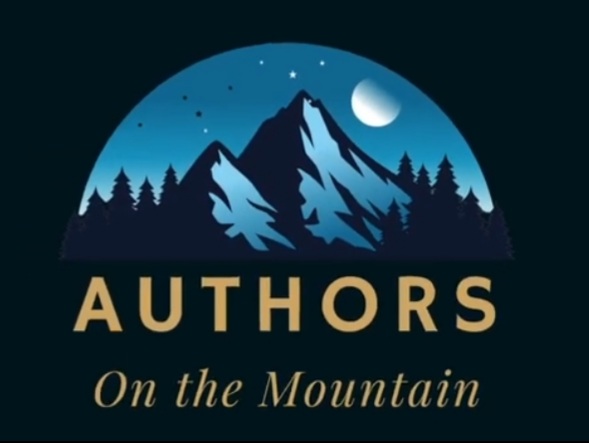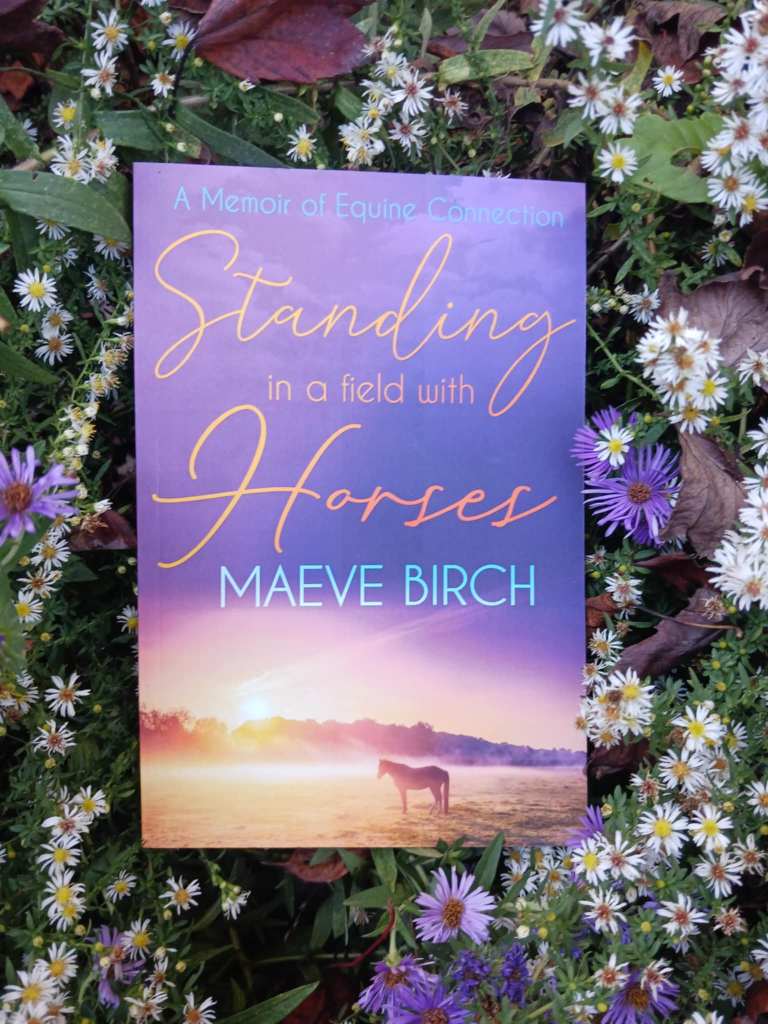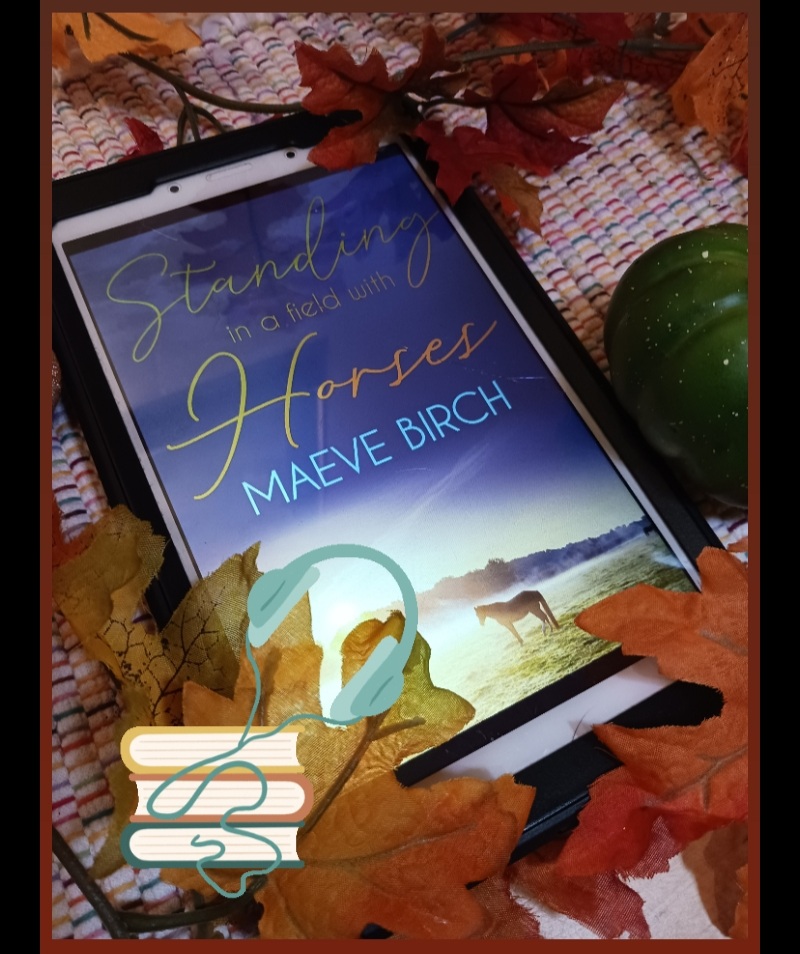-
Just Start
I haven’t posted in ages. It was part burnout, part external events, part ongoing shame at not having written anything and the lack of inspiration to say anything new. Life is life. I’ve been going to work, making dinner, trying to get enough sleep, the usual. We got another cat. He’s been great, but had to acclimate. I started a new project at work and then the job security got uncertain. That’s been stressful. The business that my friend started fell apart and I didn’t stay for the attempted rebuild. There was too much. I had too much other stuff going sideways to go through a second round. So I spent some time away from horses, and when I did come back I only went to visit Red, and then slowly Rex again. Red is gentle with me, Rex is not. I needed to be more mentally and emotionally stable prior to working with the mini turbo-horse. So yes, this isn’t a super inspirational post, but it is a post. Sometimes it’s better to just start. Things don’t have to be perfect, it just has to be a step forward. I’m still posting.
-
When Words Help
Why sometimes talking to your horse may make things better…
We had an emergency move of two horses recently. Two mares who were known not to enjoy trailer loading needed to get on a trailer with no questions asked. The weather conditions unfortunately made it impossible to work on trailer training with them in the few days between realizing they needed to move and when they needed to be on the trailer. It’s possible to do trailer training without a real trailer through simulating some of the enclosed spaces, sounds, and actions, but this time that wasn’t feasible. So, the mares were given a mild sedative and a talk.I don’t advocate for this as a substitute for preparation. You should always try to help your horses to be prepared for trailering in physical, material ways. However, if you ever find yourself in an emergency situation and stuff has to happen, please try talking to your horses. It makes no logical sense, but it does help. Explain to them in detail what is going to happen, why it is extremely important that they cooperate, and convey as much as possible that this is one of those situations where you’re doing what you know is best for the herd. Talk to them as if you’re talking to a child about needing to hold their hand while crossing the street. At worst it will do nothing. At best… the two mares got onto the trailer with no issues and quietly rode to their new barn. What a relief in an otherwise stressful situation.
Please check out my interview with SkyDance Mountain Audiobooks for more tales of surprising connection and communication with horses! Link here.
-
On the Hard Days
On the hard days sometimes I forget why I’m doing this, why I come out here in the cold and the wet and the mud, to fix another fenceline or to try and hand-roll a round bale into place because the fields are impassable to vehicles. “I hate horses” I proclaim, as they throw another shoe. “Hate them! Never want to see a horse again.” I declare as they immediately destroy something I just built in their pasture. Sometimes horses aren’t magical, mysterious beings. Sometimes they’re just large animals breaking things, and sometimes I’m I just plain tired. I feel that I was so naive before, when all I knew was the consumer end of “horse.” Before I was caring for them in not only their emotional needs, but also partially in charge of their basic physical needs. Volunteering for feed shifts is one thing. You can stop doing it and someone else will fill in for you. Being one of only a few people trying to board from scratch is another. There is no backup.
Here’s to all of the boarding barn owners and managers who don’t get enough time standing in a field with horses because they’re too tired from caring for them. Here’s to the veterinarians, farriers, dentists who wish they could go slower with their clients’ horses but can’t because they have to make enough to pay bills. Here’s to the trainers trapped between what’s best for the horse and losing the client. All of the ideals sacrificed to the clawing feel of desperation.
If we want better for our horses it can’t just be us. We have to bring the whole community along, and unfortunately most of that community is struggling to make ends meet, bone-weary and frustrated most days. I thought I was a patient person until the pastures started being eaten down too far and the UTV needed repairs, and the hose sprang a leak… and there’s not enough money or energy to keep up. I’m learning just how much good horse boarding costs the ones keeping things running. Most boarding barns barely break even, if not lose money every year, unless they’re doing something else besides board. It’s bleak. Something needs to change. Something is always sacrificed when there’s not enough support to function, whether it’s the well-being of the horses, the barn managers, the vets, the land… In a world where to own a horse on the east coast in the US costs ~12k/year already, despite that not being enough to squeak by, how do we form relationships with horses where no one is suffering on the regular? I don’t have answers, but it is unsustainable. To stand in a field with horses should be everyone’s right. Not one person drowning for the other to find peace.
-
My Author Interview with SkyDance Mountain Audiobooks
Exciting news! My interview with SkyDance Mountain Audiobooks’ “Authors On The Mountain” podcast is up on YouTube. In it I expand on some of the things I mention in the book and talk about everything from the advantages of volunteering at horse rescues to potential future writings. I’m grateful for this opportunity to share with the horse community. I hope you enjoy this extended podcast/video episode, available here.

-
Winter Horse Activity Levels
It’s dark out at 5pm and all I want to do when I get to the barn is stand around with horses under the stars. I don’t want to ride, I don’t want to set up poles for them to step over, I don’t even want to take them out of the field. I just want to stand with them.
Is it acceptable to let a horse get out of shape during the winter months? In some western states they turn horses out into hundreds of acres of pasture in large groups for the winter. They then round them up again in spring. On the east coast we don’t have the space to turn out large herds of horses over winter. The best we have is small pastures stocked with round bales so the horses don’t graze down the pasture grass too far over winter. They don’t go roaming for miles, and many don’t even have hills to walk. Flat, boring pastures with a round bale in them is the norm.
So is it fair to not do anything all winter? I’m unsure. I know that some horses legitimately don’t want to do things in the darker, colder months. Yet when I lay on the couch for a few days around the holidays I end up with a sore back and a stiff neck from lack of movement. Where is the balance between letting the horses do what they want, which is to stand in one spot and eat, and doing what will make the horses’ body feel better in the long run? I still don’t have a good answer, but it is a valid question.
Don’t forget that Standing in a Field With Horses is now an audiobook as well! Available through Audible, Spotify, and other audiobook retailers.
-
A New Paradigm: Two Years of Standing in a Field With Horses
It’s been nearly two years since the first release of my memoir in eBook format. I never imagined that more than maybe ten people would read it, to be honest. I wanted to connect with others who might feel the way I felt around horses, but I wasn’t sure it would happen. Thankfully, even in the brief period of time since Standing In A Field With Horses was published, many more people have come forward and been vocal about wanting a more peaceful and aware way of being with horses. More teachers have espoused these values, more horse caregivers have found their way to these conclusions. Still, it’s the crest of a wave and we aren’t there yet. There are many more equestrians who still believe horses need physical punishment and strict control in order to function around humans. They remain afraid of the essence of the horse, which leaves them stuck in relating to the horses in their lives. If you’d like to help this memoir to reach more people, some ways to do that are to leave a review on the website you purchased it from, repost onto Instagram or other social media sites, and tell others about the book. Mine isn’t the only book pointing in this direction, towards a new way of being with horses, but the more the merrier as far as creating slow change through example and sharing experiences. Thanks so much to everyone who makes this new paradigm possible.
To write a review of the book on Amazon, click here.

-
“What are we?!” Questions from Adolescent Horses
I haven’t gotten a chance to work with a four year old horse at the barn in a few weeks. Actually, outside of feeding him and running a hand over him every day to make sure there’s nothing seriously wrong, no one has had the time to work with him in a few weeks. It’s just too hectic with projects preparing for winter. So when the person feeding said that he threatened her with a kick during feed time as she asked him to back off the food, I was surprised because that’s not really like him, but then realized that maybe it was time for a long overdue training session.
When I went out to work with him he haltered and led just fine. Actually, he seemed pretty eager to be going places. He followed me out into the flat part of the field, his patient older gelding pasturemate trailing after us at a distance. I had brought the dressage whip to gain a little distance between us if things got weird, and I used it to point at his hip, and gave the cue for “step over.” Instead, the young gelding kicked out with that foot. “Ok, weird.” I stated. I was glad it had been at the dressage whip and not at me. Now he was standing still, looking confused. I tried again, lifting the dressage whip even with his hip and motioning with my body to move. “Step over” I intoned. He once again gave a half-hearted kick at the request. I just repeated it, not increasing pressure, just waiting for him to change the response. He finally decided to try the tiniest step over, and I stopped the ask. “Good! Good boy.” And he started rubbing his head on my hand vigorously, following up with a snort and a sigh. From there we went through stepping over with the hind feet on both sides, stepping over with the front feet, backing up a few steps, and coming forward from a draw. All the maneuvers that I need to be fairly automatic for safe ground handling. He did fine, remembering quickly what each cue meant. Afterwards I let him off lead and he followed me happily around the pasture.
Sometimes I think young horses must have the same sort of relationship identity crises that human teenagers do on occasion. They relate to their parents, their friends, their teachers in one way as children and then suddenly start having days where they go “WHAT ARE WE?!” and begin trying out other ways of relating. This can get pretty hairy if the mature parties involved don’t keep their composure, because the young person is sincerely upset by their sudden internal world shift. So if it’s just a young horse having one of these small identity crises, I try to reassure them with the basics and an expected and consistent response. In this case I’ll try to remember that it only takes five minutes to go over basics, and do it more frequently now so the horse can be reassured more often that nothing has changed externally. A good reminder.
Don’t forget that Standing in a Field With Horses is now in audiobook format! Good for listening on the go. Find it from Spotify, Audible, and other audiobook providers.
-
Ruining the Horse
A few years ago, when I was experiencing the things I write about in my memoir, I was always afraid of “doing it wrong” and “ruining the horse” when interacting with equines. Afraid that my gentler way of doing things would lead to places where the horse wouldn’t be able to interact properly with other humans ever again. I think a lot of this fear came from the warnings of those around me. Their defense for having to physically punish a horse for unwanted behavior or forcing them to comply with something was that if they slipped in their corrections,the horse would be “ruined.”
Although there are certainly ways to get into trouble with horses, most of the time if something stops working correctly, a person aware of the horse and themselves can stop and redirect. Basically, if you try something a few times and the horse begins consistently doing something you don’t want, or starts to respond in unsafe ways, you just change what you were doing. Short of activities that end in catastrophic accidents for the human or horse, the horse continues to learn and shape their behavior to the circumstances. My new approach to a horse learning something I didn’t want it to learn is “oops, well that didn’t work.” It’s a much less terrifying statement. “Oops, let’s try something else.” That freedom allows for less than perfection, and reduces anxiety for everyone involved. So if you’re ever in a position where you’ve taught something to a horse by accident, just shake your head and say “well that didn’t work” and start trying something new.
Don’t forget that Standing in a Field With Horses is now an audiobook! Available from Audible, Spotify, and several other online vendors. -
Announcing the Audiobook Release!
It’s here! After many months of work by Skydance Mountain Audiobooks and their team, the Standing in a Field With Horses audiobook has been released on Audible! I am so thrilled with how it turned out. The narration and production is excellent.I know many of you are up to your eyeballs in horse care, whether you’re a barn manager, horse owner, or volunteering at a horse rescue. Horse enthusiasts are always on the go! Sometimes sitting down with a book just isn’t feasible. A good audiobook helps you get through those barn chores or long drives to visit your horse. I hope you will enjoy this auditory format of the memoir. I also have this link for those purchasing on Audible for the first time, which gives me a bonus for bringing Audible new customers! Click through and purchase from there to enjoy this new format of the memoir.

-
Subscribe
Subscribed
Already have a WordPress.com account? Log in now.